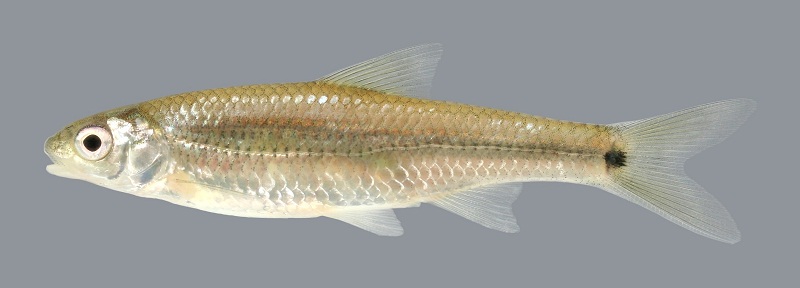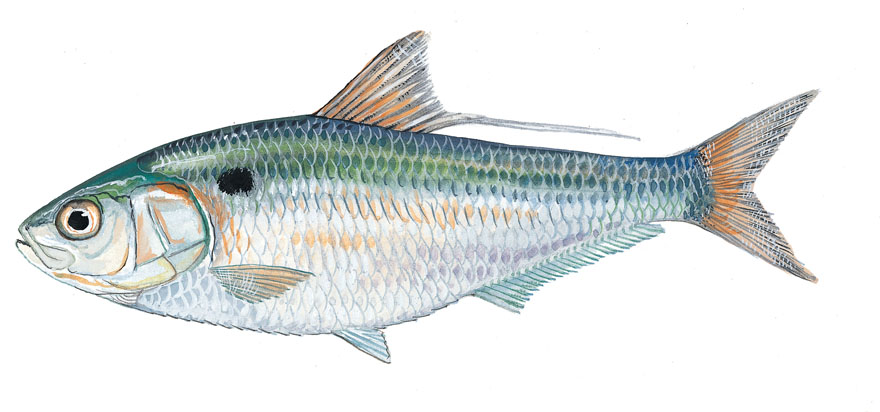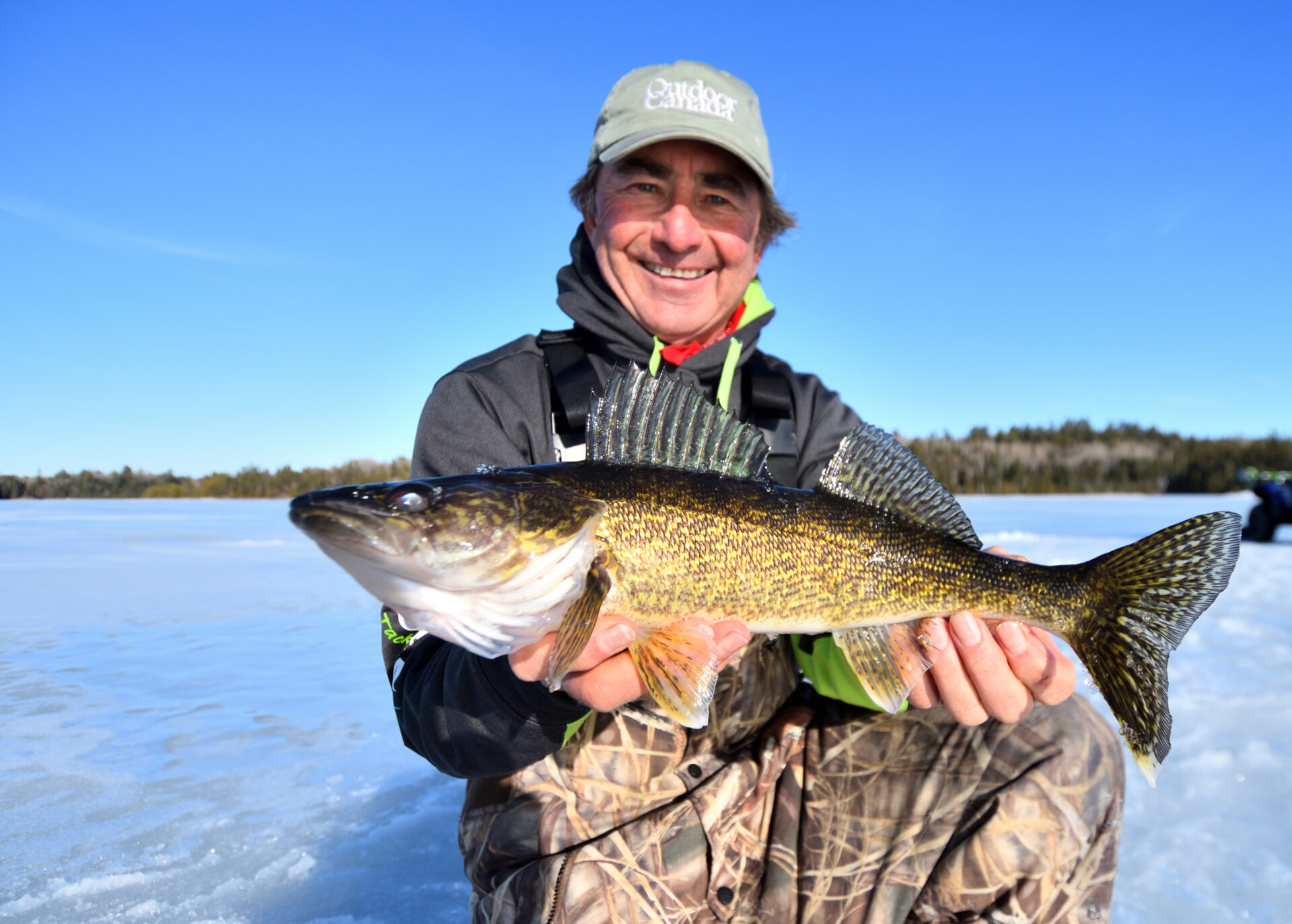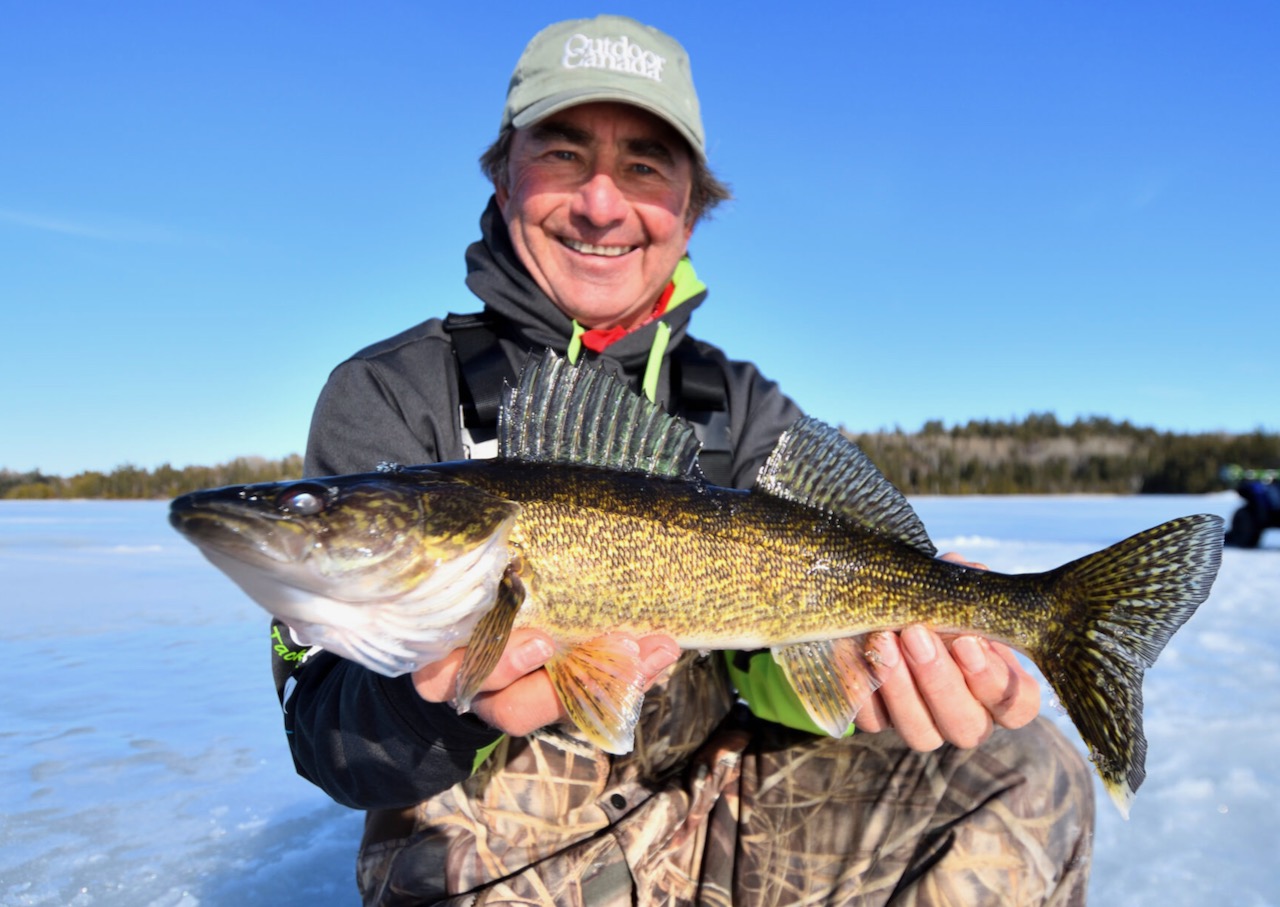THE EYES HAVE IT
Are gamefish triggered to hit eyes or repelled by them? Prey fish give the answer
Advertisement
We received a great ice fishing question from a friend on social media the other day, who wondered if we can go overboard on the number of eyes we have on our lures.
Advertisement
Specifically, he wrote: “What do you think of gluing three dimensional eyes on jigs, if you’re planning on using minnows too. Somewhere I read the fish might think two sets of eyes are weird. I feel like it might be more triggering. How do you feel about it?
Well, we love having big, wide prominent eyes on our lures. We think they function as hot spots—like a target—for the fish to zero in on and strike. So, if our jigs don’t have eyes on them already, we often take nail polish—Gordo owns more bottles than anyone, but that’s a story for another day—and paint them on. Same thing with our soft plastic baits. We routinely paste three-dimensional eyes on our tube jigs, for example, when we’re jigging for lake trout, brookies, splake and rainbows. We think it enhances the chances a predator will aim for the head and get hooked.
But, a good friend, the late Dick Bengraff, who was known as “Mr. Jig,” took the opposite approach. Dick would grab a file or knife and carefully scrape the eyes off all his jigs. His reasoning was that a fish would see them, suspect it had been spotted and possibly give up the chase. So without the eyes, Dick believed a walleye, bass or trout would more readily creep up from behind and attack.
Advertisement

All of this, of course, is giving the fish far too much credit for “thinking” about anything.
That said, if we look at Mother Nature, and how she has equipped some of her prey species to survive, we can see that on spot-tailed shiners (above), for example, have a prominent false eye on the wrist-like area of their tails. It’s there so that a walleye, crappie, perch or any other would-be predator might mistake it for the head of the minnow, lunge at it, and miss because it is the tail. Threadfin shad (below) have a similar black eye on their bodies, presumably again, to trick fish into aiming for it and missing.
Advertisement

Researchers studying the phenomenon at the Abo Akademi University in Finland seem to agree, noting: “Eyespots are found in a wide range of animal taxa and are often assumed to have an anti-predator function. “Some eyespots have been suggested to increase prey survival by diverting attacks towards less vital body parts or a direction that would facilitate escape. Interestingly, our results showed that eyespots smaller than the fish’s own eye very effectively draw the attacks of the fish towards them.”
Now, look again at the images of the threadfin shad and spot-tailed shiner—two highly prized prey species—and you’ll see why we believe that (just like you can’t own too much tackle), you can’t have too many eyes on your jigs and lures.


